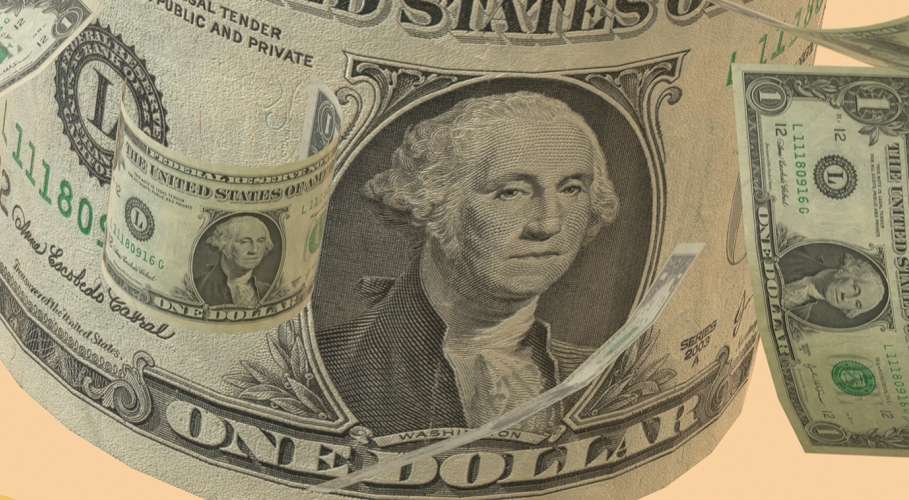Advertisements
As January 3rd unfolded, the Federal Reserve made headlines by releasing the minutes from its December 2023 monetary policy meetingIt became clear that the central bank's hesitance regarding the timing of interest rate cuts significantly dampened the confidence that had been stirring in the markets for weeksThe news sent shockwaves through the financial world, particularly affecting the U.Sstock market, which opened lower across all three major indexesThis downturn marked the continuation of a trend, as the Nasdaq endured a substantial decline for two consecutive days, a situation that spurred anxiety among investors.
The repercussions extended beyond American shores, creating a ripple effect as European markets also experienced significant losses
Notably, the U.Sbond market revealed increased volatility, with the yield on the 10-year Treasury bond almost breaching the 4% threshold during intraday trading, before settling down to approximately 3.93% by the end of the sessionThis fluctuation in yields often serves as a barometer of investor sentiment and forecasts for economic health.
High-Interest Rates May Persist Longer
During the December meeting, Federal Reserve officials collectively expressed their belief that the period of interest rate hikes, initiated in 2022 to combat escalating inflation, might finally be drawing to a closeThere was a prevailing sense of cautious optimism as officials noted a deceleration in inflation rates, particularly reflected in the core Personal Consumption Expenditures (PCE) rate over the previous six months
- Secrets of Elite Traders' Success
- A Review of Global Capital Markets in 2024
- Drivers of Global Financial Turmoil
- Economic Conditions Drive Exchange Rates
- US Inflation Rebound Fuels Rate Hike Fears
Simultaneously, signs pointed to a re-normalization of supply chains, alongside an increasingly relaxed labor market as more workers returned to employment.
Crucially, Fed officials acknowledged that elevating interest rates beyond the 5% mark had effectively curbed consumer demand, contributing to this easing of inflation pressuresHowever, mixed signals emerged regarding future rate cuts as the officials did not delve into when the reductions might commenceThe dot-plot revealed intentions to lower rates three times in 2024, with some members foreseeing that the peak interest rates may linger longer than initially anticipated.
Earlier that day, Thomas Barkin, President of the Richmond Federal Reserve Bank, echoed similar sentiments of caution regarding economic policy, emphasizing the substantial risks tied to the attempt to orchestrate a "soft landing" for the economy.
According to Nick Timiraos, a veteran reporter known as the “new Fed whisperer,” this particular minutes release hinted at the cessation of rate hikes but fell short of offering a precise timeline for when cuts might take place
Furthermore, some officials stressed the dangers of excessively restrictive rates, highlighting an inner divergence of opinion among Fed members regarding the path forward.
In discussing the internal debates, Timiraos noted that certain members perceived the recovery of supply chains and labor markets from pandemic disruptions as an indicator that the easiest portion of combating inflation was behind themMeanwhile, others suggested that the potential for ongoing improvements on the supply side remained, enabling the inflation rate to continue its downward trajectory without significant costs upfront.
Market speculator Steve Eisman, popularly dubbed “the Big Short,” weighed in on the prevailing sentiment, positing that many were betting heavily on the Fed implementing expansive rate cuts this year

However, he cautioned that the market appeared to be moving too hastily, neglecting underlying economic signals.
European and American Markets Experience Major Losses
On the same day, January 3rd, U.Sstock indices opened lower, with the dollar index continuing its ascent amid the uncertaintyThe atmosphere in the markets was tense, and the revelations from the meeting minutes further fueled the prevailing negativity.
Post-announcement, the downward trend persisted, with the Nasdaq closing down by 1.18%, marking a two-day decline that brought it to its lowest closing point since December 12. The S&P 500 dipped by 0.8%, while the Dow Jones finished down 284.85 points, a drop of 0.76%.
monetary policies.
- December 20, 2024
Leave Your Comment